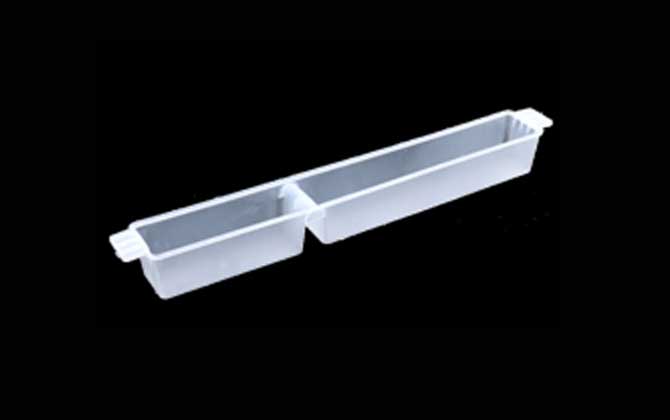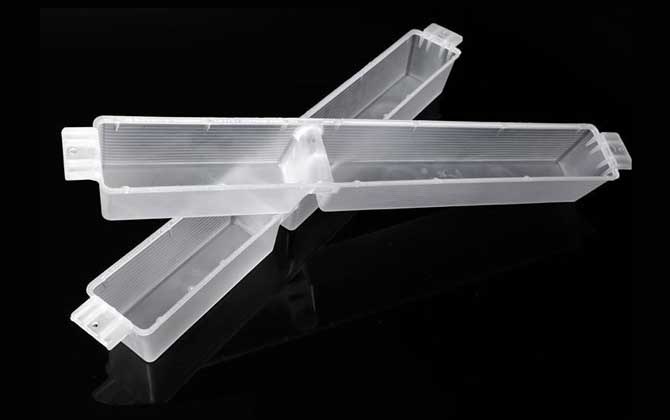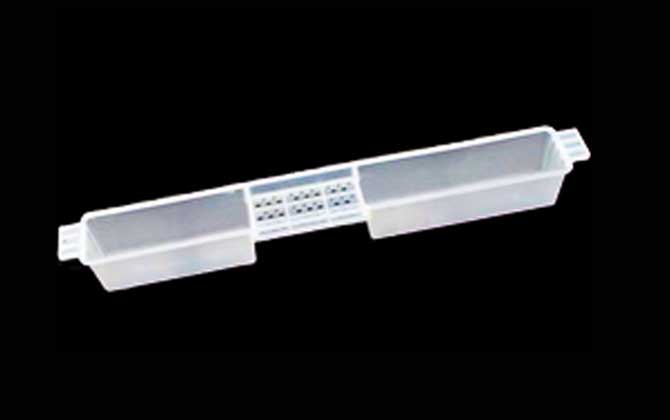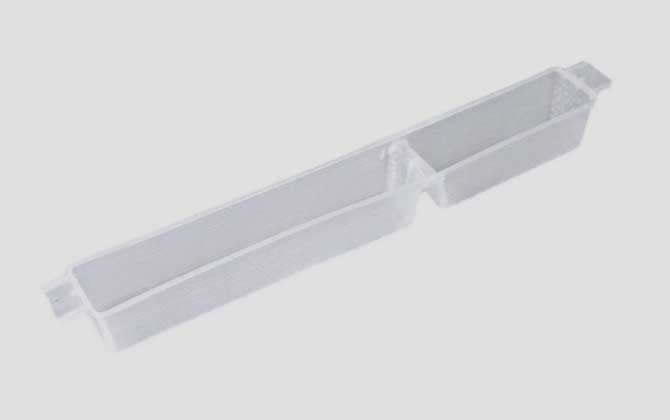Bee Feeders: Essential Tools for Beekeeping
A bee feeder is a specialized tool in apiculture designed to hold feed or water for honeybee colonies. These devices vary in design based on feed type and placement, playing a critical role in maintaining colony health and productivity.

1. Definition and Purpose
Bee feeders serve as containers for nutritional supplements and water. They are categorized into two primary types:
- Sugar syrup feeders: Used for liquid nutrition (can double as water dispensers)
- Dry sugar feeders: Designed for crystalline sugar distribution
Practical applications include supplementing food during nectar shortages and providing water in arid conditions. Modern feeders often feature anti-drowning mechanisms and are made from food-grade plastics for bee safety.

2. Classification by Placement
2.1 Sugar Syrup Feeders
- Entrance feeders (e.g., Boardman feeders) – Mounted at hive entrance
- Internal frame feeders – Fit between honey frames
- Top feeders – Placed above brood boxes
- Bottom feeders – Positioned under the hive body
2.2 Dry Sugar Feeders
- Shallow tray design matching hive dimensions
- 30mm height with central access points
- Typically placed between hive body and inner cover

3. Feeding Strategies
Supplemental Feeding
- Ensures colony survival during shortages
- Critical pre-winter preparation
- Uses thick 2:1 sugar syrup
Stimulative Feeding
- Encourages brood production
- Uses thin 1:1 sugar syrup
- Essential for spring/fall expansion
Calming Feeding
- Stabilizes colonies after disturbances
- Used during hive transfers or requeening
- Often incorporates aromatic herbs

4. Operational Guidelines
| Feed Type | Equipment | Preparation | Best Practices |
|---|---|---|---|
| Sugar Syrup | Liquid feeders | Boil water, dissolve sugar (1:1 or 2:1 ratio) | Cool to room temperature before use |
| Dry Sugar | Tray feeders | Use refined white sugar | Place above cluster in cool weather |
| Water | Specialized waterers | Add floatation devices to prevent drowning | Maintain continuous supply in summer |
Pro Tips: Always clean feeders between uses to prevent mold growth. Monitor consumption rates – normal intake is 1-2 liters/week for a strong colony. Avoid spilling syrup near hives to prevent robbing behavior.